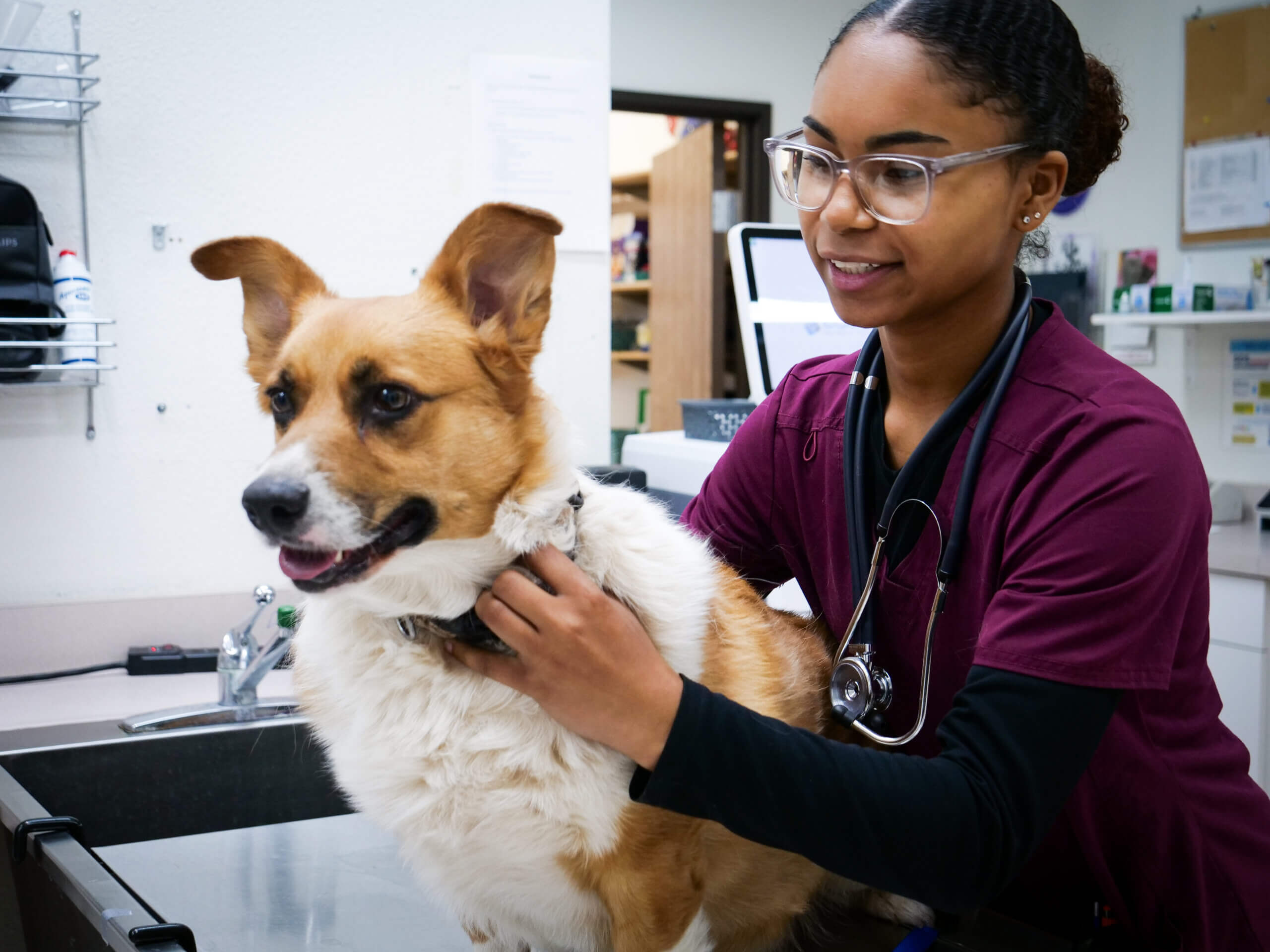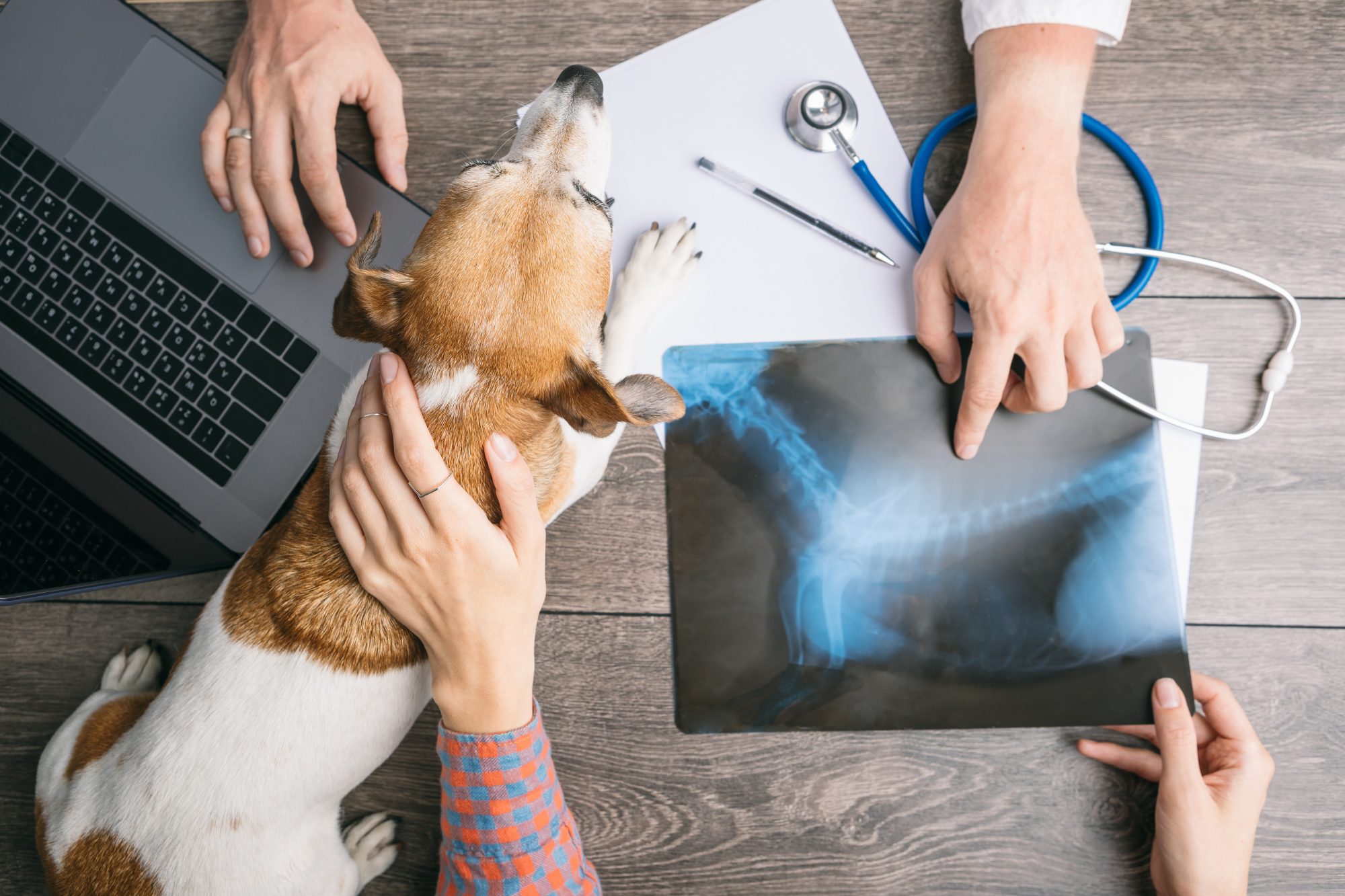Guide to Handling Accidents Quickly With Help From an emergency vet near me
Wiki Article
Everything About Vet Surgical Treatment: Understanding the Significance of Expert Look After Your Family pets
Vet surgical procedure is a critical component of animal health care. It incorporates different procedures, from regular elective surgical procedures to urgent treatments. Comprehending the details of these surgical procedures can assist pet dog proprietors make informed decisions. The prep work, implementation, and recovery stages are vital for ensuring the health of pets. With correct knowledge, proprietors can browse the intricacies of veterinary care. What factors should be considered before an animal goes through surgical treatment?Kinds of Veterinarian Surgeries
When a pet dog needs medical treatment, recognizing the numerous kinds of veterinarian surgical procedures can help animal proprietors make informed choices. Vet surgical treatments can be broadly categorized into 3 major kinds: optional, urgent, and emergency surgeries. Elective surgical treatments, such as spaying or neutering, are planned treatments that are not quickly life-threatening. Urgent surgical procedures, like those for international body removal, should be performed quickly yet are not life-threatening in the minute. Emergency surgical procedures, such as those attending to serious trauma or inner blood loss, are essential and need prompt attention.Additionally, surgeries can vary in intricacy, varying from minimally intrusive laparoscopic treatments to much more substantial open surgical procedures. Each sort of surgery brings its very own threats and recuperation processes. Recognizing these classifications allows pet dog owners to involve in meaningful discussions with veterinarians, resulting in better results for their beloved family pets.Getting ready for Your Pet's Surgery
Getting ready for a pet's surgery includes an extensive list to ensure all fundamentals are covered. Efficient communication with the veterinarian is important for comprehending the procedure and any required pre-operative actions - canine tplo surgery. Furthermore, having clear post-operative care directions will certainly assist proprietors give the best assistance for their recovering pet dogsPre-Surgery Checklist Basics
Guaranteeing a smooth medical experience for a pet requires cautious preparation and attention to detail. A pre-surgery checklist is crucial for pet proprietors to follow. First, validating the set up surgery date and time is vital. Owners ought to also validate that their animal has actually not eaten according to the veterinarian's guidelines, usually for 8-12 hours before surgical treatment. Collecting necessary clinical documents, consisting of vaccination history, is essential for the veterinarian's testimonial. It is additionally suggested to prepare a comfortable area at home for the pet dog's recuperation after surgical treatment. Owners should have a plan for transport to and from the veterinary center, making certain that the pet is protected and comfortable throughout the trip. Complying with these steps can substantially enhance the medical experience.Connecting With Your Vet

Reliable communication with the veterinarian is important for an effective surgical experience for animals. Owners must be prepared to review their animal's clinical background, consisting of any kind of pre-existing conditions, medicines, and allergies. This info aids the vet assess threats and customize the medical strategy as necessary. Additionally, pet proprietors should ask questions pertaining to the procedure, anesthetic, and anticipated outcomes to guarantee they completely understand the process. Clearing up any type of questions can alleviate anxiety for both the family pet and the proprietor. It is additionally important to interact any behavior modifications or concerns observed in the pet leading up to the surgical procedure. Ultimately, clear dialogue cultivates trust fund and partnership, making sure that family pets obtain the very best feasible treatment throughout their surgical journey.
Post-Operative Treatment Recommendations
After going over the surgery with the vet, animal owners should focus on post-operative care instructions to help with a smooth recuperation for their pets. These instructions typically include monitoring the medical website for indications of infection, such as soreness or discharge. Animals may need to be kept one's cool and restricted to avoid excessive movement that can interrupt recovery. Discomfort monitoring is vital, so proprietors must follow the vet's advice on administering medicines. In addition, dietary restrictions might be advised to avoid intestinal trouble. Normal follow-up consultations are very important to ensure proper healing and address any issues. By sticking to these post-operative treatment directions, pet dog owners can considerably contribute to their animal's recovery and total wellness.The Surgery Explained
The surgical procedure for pets incorporates important actions that guarantee their safety and security and recuperation. Pre-surgery prep work are necessary for reducing dangers, while post-operative care standards play an essential role in promoting healing. Comprehending these elements assists pet dog proprietors browse the surgical experience better.Pre-Surgery Preparations
Before a family pet undergoes surgical treatment, several vital preparations must take place to ensure a risk-free and effective procedure. A comprehensive veterinary exam is necessary to evaluate the pet's general wellness and identify any potential threats. This may include blood examinations, imaging, or various other diagnostics. The vet will certainly likewise discuss anesthesia options tailored to the pet dog's details requirements. In addition, family pet owners are usually advised to hold back food and water for a specified time before surgical treatment to decrease the danger of problems throughout anesthetic. It is necessary for proprietors to supply a total case history, consisting of any medicines or allergies, making certain the surgical group has all essential information. Appropriate interaction and adherence to pre-surgery standards can substantially enhance the outcome of the treatment.Post-Operative Treatment Guidelines
Appropriate post-operative treatment is essential for making sure a pet dog's healing complying with surgical procedure. After the treatment, family pets must be kept track of carefully for any kind of indicators of complications, such as excessive bleeding, swelling, or unusual habits. It is necessary to follow the veterinarian's directions regarding medications, consisting of discomfort relievers and antibiotics. Animals ought to be maintained in a silent, comfy setting to minimize stress and promote healing. Limiting task is vital; short, leashed walks might be required, but jumping or running need to be avoided. Normal follow-up appointments must be arranged to examine the healing procedure. Additionally, the medical website must be maintained tidy and completely dry, with any indicators of infection reported to a veterinarian immediately. Following these guidelines enhances healing results.Anesthesia and Pain Administration
Effective anesthesia and discomfort administration are vital parts of veterinary surgery, guaranteeing that pets continue to be comfy and risk-free throughout the procedure. Vets examine each family pet's individual needs, taking right into account elements such as age, weight, health status, and the sort of surgery being performed.Anesthesia protocols commonly consist of a combination of pre-anesthetic medications, induction agents, and inhalant anesthetics, allowing for exact control over the animal's degree veterinary college of awareness. Surveillance during surgical procedure is essential; veterinarians continuously observe vital indicators to address any kind of potential difficulties promptly.Pain management approaches may include opioids, non-steroidal anti-inflammatory medications (NSAIDs), and anesthetics, customized to the family pet's particular scenario. This diverse technique assists reduce pain and promotes a smoother surgical experience. By focusing on reliable anesthesia and discomfort administration, vet professionals improve the total welfare of family pets undergoing surgical treatments, ensuring they receive the highest possible requirement of treatment.Post-Operative Care and Healing
Following surgical procedure, the focus moves to post-operative treatment and recovery, which is crucial for making certain an animal's risk-free return to typical activities. Throughout this duration, pets require a peaceful, comfortable setting to help healing. Proprietors need to closely monitor their family pets for any type of indicators of pain or unusual behavior.Veterinary guidelines usually include details guidelines connected to medicine administration, wound treatment, and dietary changes. It is important to stick to these suggestions to decrease problems and promote healing. Animals might need to be restricted from energetic tasks, such as running or jumping, during their healing period (animal emergency care bellingham).Regular follow-up consultations with the vet permit tracking of the family pet's progression and prompt adjustments to the treatment plan. Giving psychological assistance and friendship can additionally boost an animal's healing experience, aiding to minimize anxiety and stress and anxiety. Overall, diligent post-operative care plays a substantial role in achieving an effective recuperationRecognizing Issues After Surgical Procedure
Just how can animal proprietors recognize difficulties after surgical treatment? Awareness of certain signs is important for ensuring the well-being of pets throughout recuperation. Typical indicators include too much swelling, soreness, or discharge at the surgical website, which might symbolize infection. Additionally, persistent discomfort, suggested by whimpering or unwillingness to move, ought to trigger immediate focus. Changes in hunger or water intake can likewise suggest complications; a reduction in these habits might signal pain or distress.Moreover, pet dog proprietors should check their pets for any uncommon habits, such as sleepiness or difficulty breathing, as these can be signs of severe concerns. Vomiting or diarrhea following surgery may require immediate veterinary examination. Recognizing these complications early can considerably influence a pet dog's recovery process, highlighting the relevance of alertness and punctual interaction with a veterinarian for any type of concerning symptoms.The Function of Veterinary Professionals in Surgical Treatment
Vet specialists play a vital duty in guaranteeing the security and success of procedures for family pets, specifically complying with surgery when keeping track of and treatment are paramount. These professionals include vets, vet specialists, and assistance team, every one of whom contribute specialized abilities to the medical process.Before surgical treatment, veterinarians carry out detailed analyses to analyze the pet dog's health, ensuring that any kind of hidden problems are handled. During the treatment, the medical team supplies anesthesia, maintains sterile atmospheres, and keeps track of crucial indications, very important for reducing risks.Post-operative treatment is similarly substantial; veterinary professionals observe for issues, handle pain, and guide owners on recuperation practices. Their know-how enables them to identify early indicators of distress or infection, making certain prompt intervention. Eventually, the collective initiatives of veterinary specialists in medical treatment foster a secure environment, promoting the well-being of pets throughout the medical trip.
Often Asked Concerns
How Do I Pick the Right Veterinary Cosmetic Surgeon for My Pet?
Picking the best vet surgeon entails looking into credentials, checking out reviews, and evaluating the center's setting. It is vital to review the doctor's experience with certain treatments and their communication style when choosing.What Prevail Misconceptions Concerning Veterinarian Surgeries?
Usual misconceptions concerning veterinarian surgical procedures include ideas that they are constantly risky, unneeded, or for emergency situations. Several pet proprietors underestimate the benefits of precautionary treatments and the ability associated with vet medical treatment.Just How Much Will My Family pet's Surgical treatment Cost?
The cost of a pet's surgery can differ substantially based on aspects such as the sort of treatment, the vet's experience, and geographical place (24 hour vet bellingham). Commonly, expenditures range from a few hundred to numerous thousand dollars
Can My Family Pet Eat Before Surgical Procedure?
Prior to surgery, it is generally advised that animals avoid eating for a specific period. This fasting helps in reducing the risk of complications throughout anesthesia. Proprietors need to consult their vet for accurate instructions tailored to their pet's needs.What happens if My Pet Dog Has Pre-Existing Wellness Conditions?
When an animal has pre-existing health conditions, it's vital for the veterinarian to analyze these variables before surgical procedure. This assessment warranties appropriate precautions are taken, minimizing threats and enhancing the family pet's general safety throughout the procedure.Report this wiki page